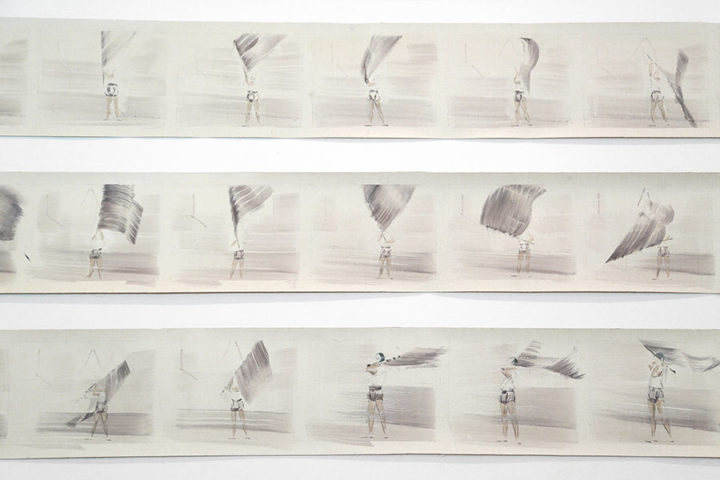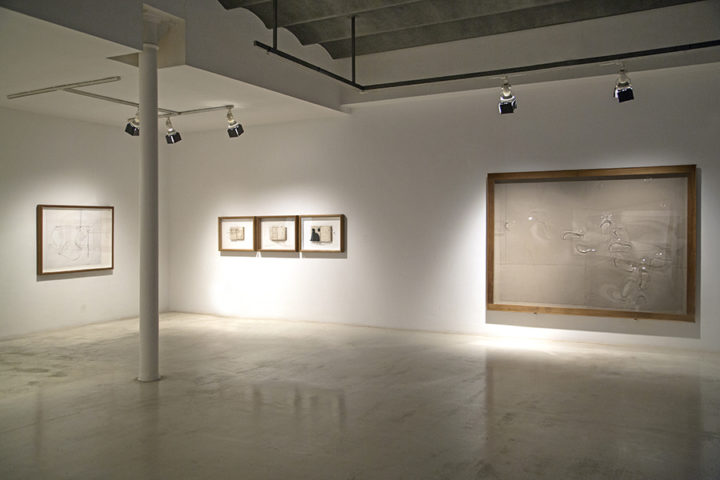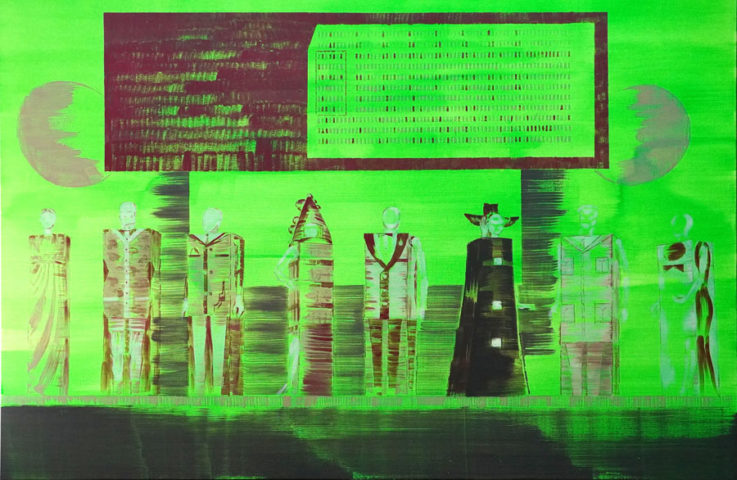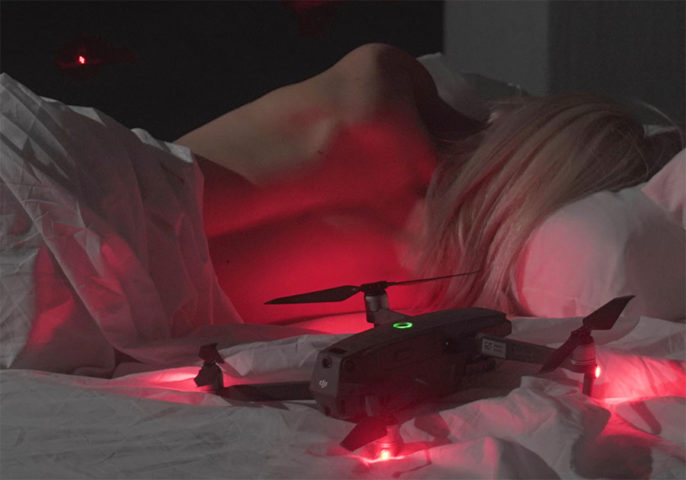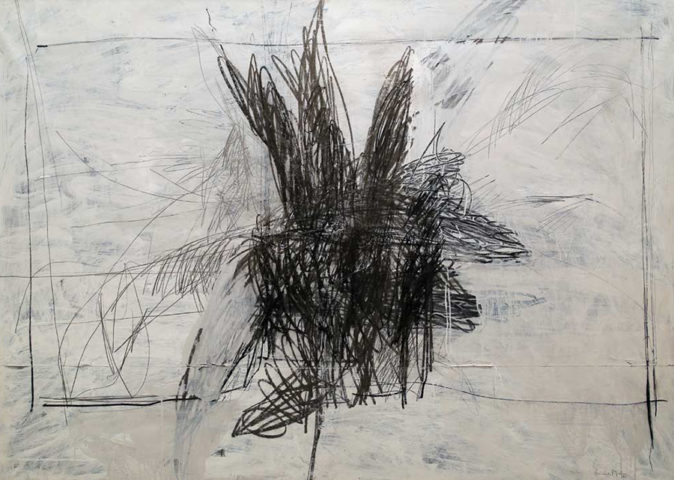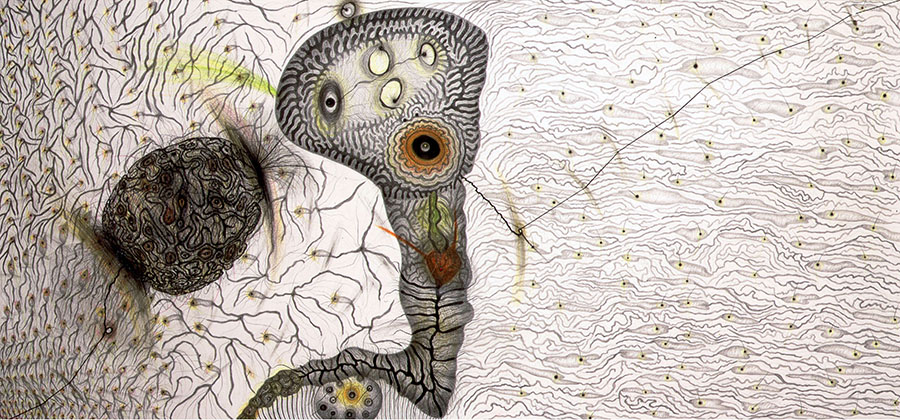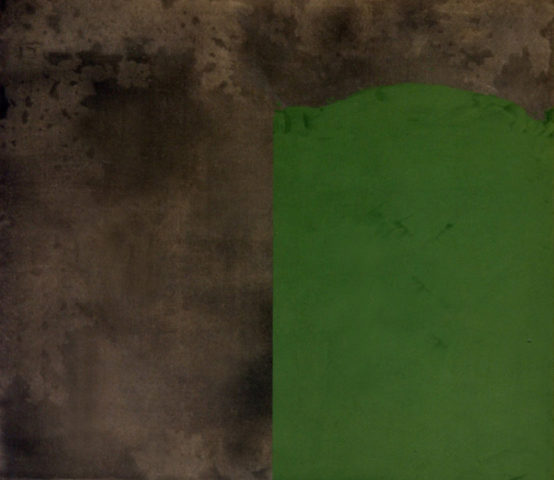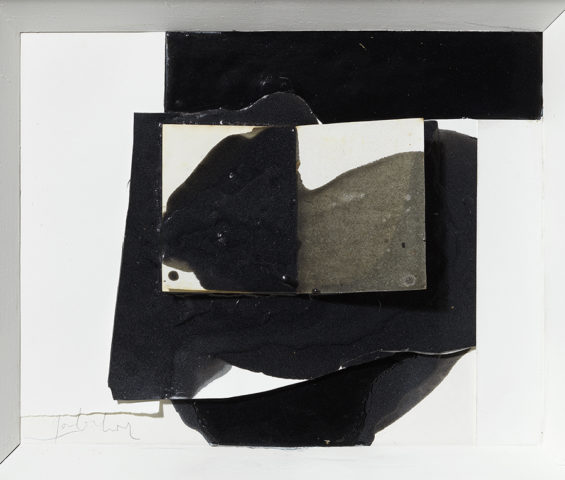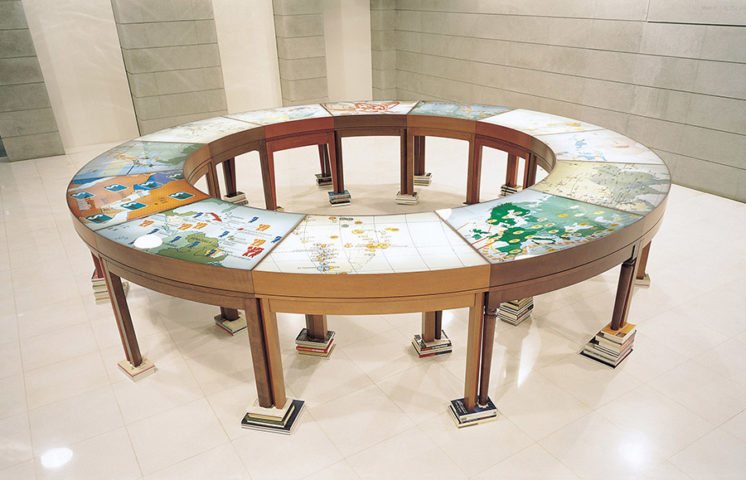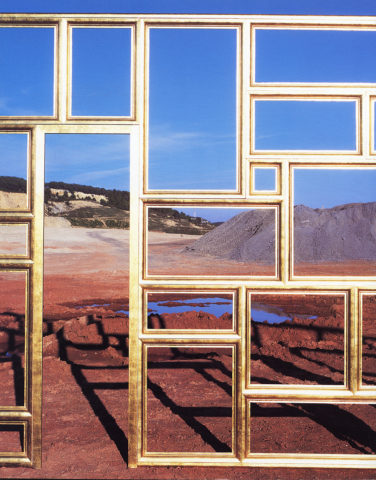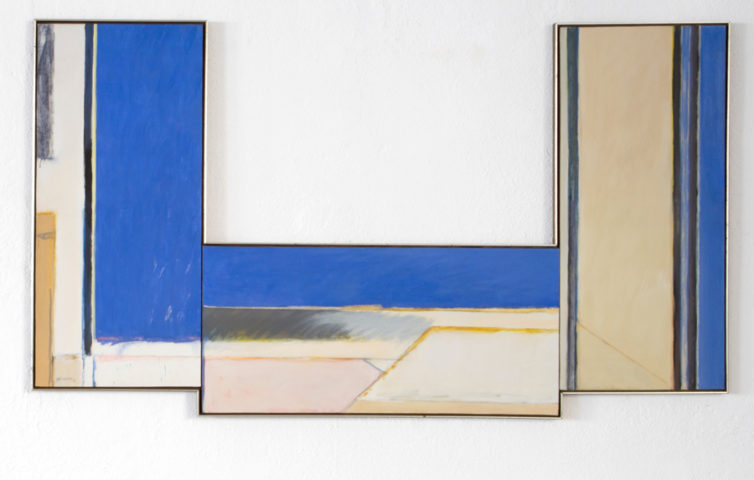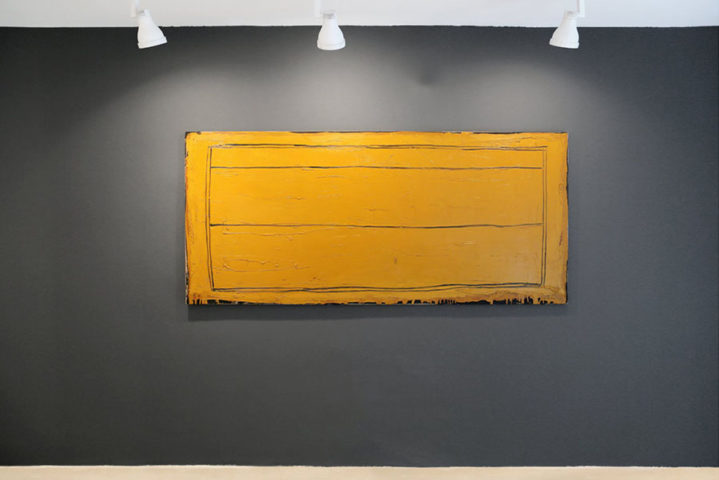Centre Cultural Terrassa
05.09 – 06.10.2019
Obras finalistas
17 de septiembre a las 19h acto de entrega del 16º Premio BBVA de Pintura Ricard Camí.
El Premio se instituyó en 1988 con el fin de estimular la creación pictórica y de contribuir a la promoción y la proyección de jóvenes valores. A lo largo de los años, se ha ido introduciendo en los círculos culturales, artísticos y docentes, y ha devenido una cita tradicional dentro del panorama artístico catalán y un escaparate de la pintura actual que pretende ser una referencia de tendencias y de propuestas nuevas de la plástica contemporánea en Cataluña.
La exposición recoge las obras finalistas de la 16ª edición de un certamen que muestra una presencia rica de lenguajes y de técnicas, una inquietud innovadora de los participantes, un buen nivel cualitativo y una participación de artistas de todo.
Esta bienal es también un recuerdo permanente a la figura de Ricard Camino, que fue presidente de Caixa Terrassa y que tuvo siempre una especial sensibilidad por la cultura y el arte, y en particular para la pintura.
